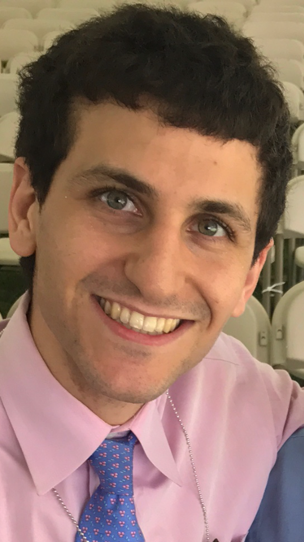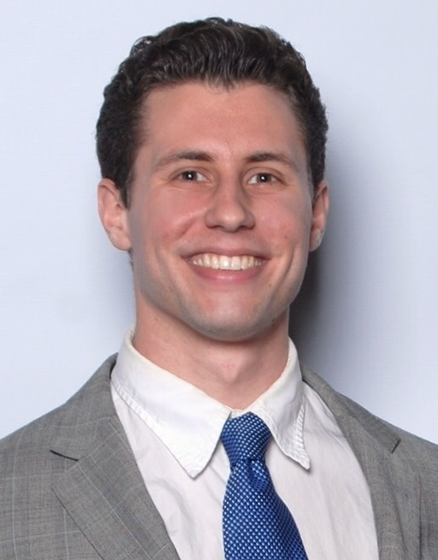
By KIM BELLARD
The term “lead pipe cinch” means something that is very easy or certain. Here’s two things that are lead pipe cinches: first, that ingesting lead, such as from the water or the air, is bad for us. It’s especially bad for children, whose cognitive abilities can be impaired. Second, that the Biden Administration’s latest proposal to reduce the lead in our drinking water is not going to accomplish that.
The new proposed rules would require that lead service lines be replaced within ten years; there are estimated to still be some 9.2 million such lines in the U.S. The trouble is, no one really knows how many there are or where exactly they are, making replacement difficult. So step two of the rules is for an initial inventory by next October. The “acceptable” parts per billion would drop from 15 to 10. Utilities would also have to improve tap sampling and consumer outreach.
“This is the strongest lead rule that the nation has ever seen,” Radhika Fox, the E.P.A.’s assistant administrator for water, told The New York Times. “This is historic progress.”
Erik Olson, an expert with the Natural Resources Defense Council is also hopeful, telling NPR: “We now know that having literally tens of millions of people being exposed to low levels of lead from things like their drinking water has a big impact on the population. We’re hoping this new rule will have a big impact.”
The EPA estimates the replacement will cost $20b to $30b over the next decade; the 2021 Infrastructure Act allocated $15b, along with $11.7b available from the Drinking Water State Revolving Fund. Of course, the cost will be much higher.
Chicago alone claims it will cost $10b to replace its estimated 400,000 lead pipes. The Wall Street Journal reports: “David LaFrance, CEO of the American Water Works Association, a trade group, said the total cost could “easily exceed” $90 billion. He said the average cost to replace a single lead service line is more than $10,000, nearly double the EPA’s estimate.”
If the federal funds aren’t enough, Ms. Fox says: “We strongly, strongly encourage water utilities to pay for it,” but you should probably expect customers will end up paying – or that some of those pipes won’t be getting replaced.
It’s not like any of this is catching us by surprise. You probably remember the 2014 scandal with the Flint (MI) water crisis, with all those people lining up for bottled water. You may not remember similar crises in Washington D.C., Newark (NJ), or Benton Harbor (MI). “The Washington, D.C., lead-in-water crisis was far more severe than Flint in every respect,” Yanna Lambrinidou, a medical anthropologist at Virginia Tech and co-founder of the Campaign for Lead Free Water, told AP.
The EPA issued a set of rules around lead pipes in 1991, but those rules were watered down, and little progress has been made since. Ronnie Levin, an EPA researcher at the times, also told AP: “But, you know, we’ve been diddling around for 30 years.”
Because, you know, that’s what we do, especially when fixing a problem costs too much money.
Continue reading…


















